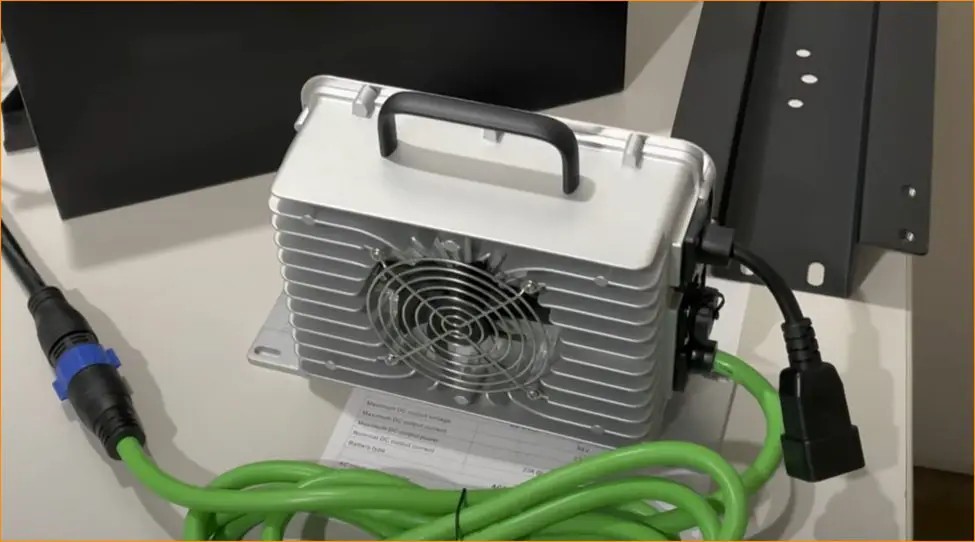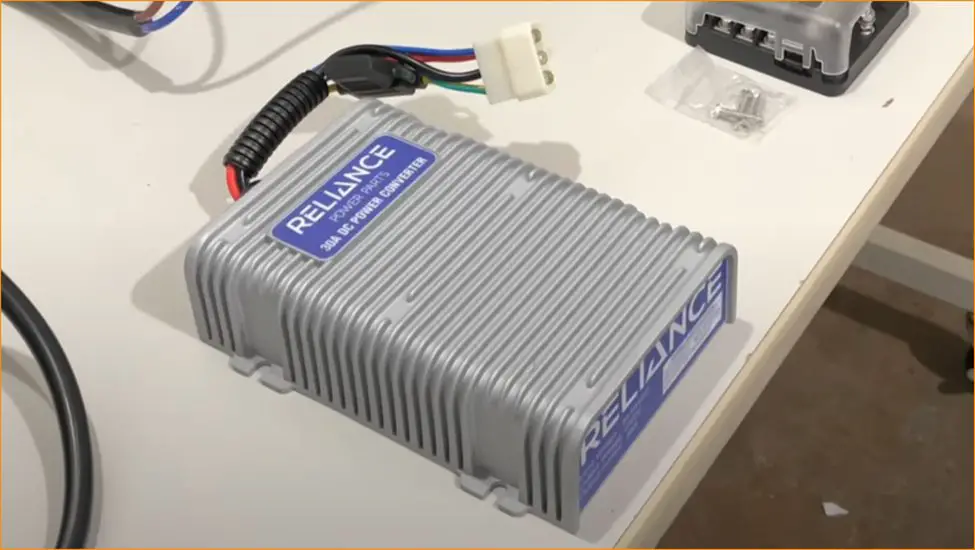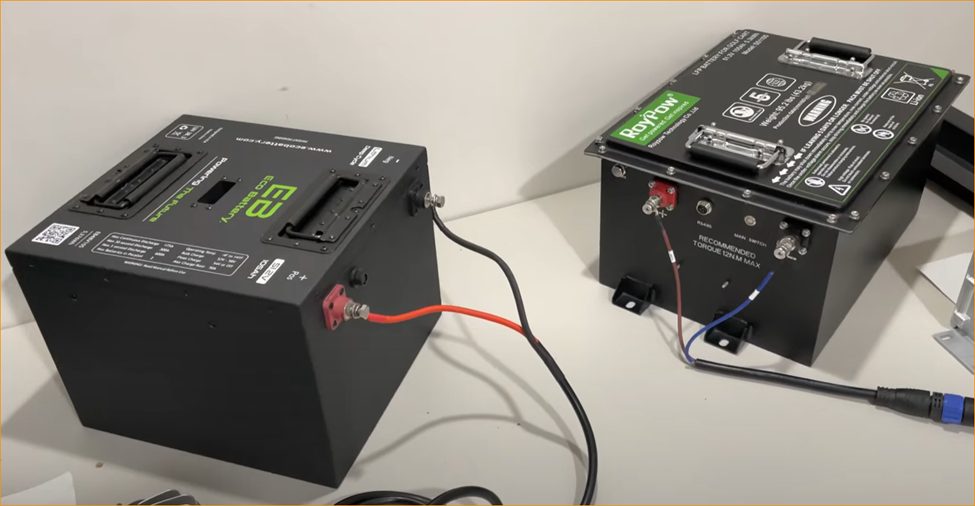A lot of golf carts are battery-operated which means you need fully charged batteries for them to work. The process is like charging any other battery-operated appliance or vehicle. However, if you use them frequently, you should know everything about their charging process and timing so that you do not find yourself waiting for it to charge when it is time for you to head to the course.
After extensive research on the subject and physical testing, we are sharing all the information we have gathered on this topic. This will include battery charge timings, things that can affect the charging time, and other factors you should consider to keep your golf carts operating smoothly.
In general, a typical charging cycle takes anywhere between 8 and 14 hours to complete when you are charging it from a dead state. Some of the key factors that affect the time include the quality of the battery you are using, the depth of discharge reached by the battery, the quality of the charger being used, and how much the battery has been used over time.

Factors Affecting the Charging Time Needed to Charger the Battery in a Golf Cart
While you could consider a wide range of things when trying to figure out the charging time for your golf cart’s battery, the factors that have the most impact include the following:
- The quality of the battery being used
- The depth of discharge reached
- Quality of the charger being used
- The charger cycles that come with your cart battery charger
We will be discussing how each of these factors plays a role in charging your golf cart’s battery and how you can rely on them to know if you need a replacement on any parts or change the way you are charging your battery.
First Factor: Quality of the Battery
This is by far the most important thing to consider when looking at the charging time of the golf cart’s battery. A typical operating procedure for golf cart batteries would be to charge golf cart batteries fully, then discharge them until they can run no more, and then charge the golf cart batteries again. For new cart batteries, the charging time is longer since they can hold a lot of charges. (1)

However, as the battery ages, say more than two years, it starts to degrade, and its ability to retain its battery charge slowly drops. That means you can charge old batteries much quicker than a new battery. However, that also has the obvious disadvantage of reduced range. With less capacity to hold, the battery will run out much faster.
Charging Advice
The general advice to follow here is to only use the cart batteries till they reach 50% charging capacity. After that, you should put the battery back and recharge. For example, if you have a battery with 100 amps capacity, you will only be using 50 amps before charging it again. If the quality degrades by 20% over time, you will notice that your battery is now only charging 30 amps before it shows that it is full. Also, avoid charging golf cart batteries again if they are equal to or above 85% charge capacity.
Second Factor: Depth of Discharge
Depth of Discharge or DOD, in simple words, is the percentage of the battery’s overall capacity that has been discharged. You can also calculate it using a simple formula if you know how much amperes your load has been consuming and how long it has been in use. For example, if you have a 100 Ah battery and put a 50-ampere load on it for about 20 minutes, you are looking at a discharge of 16.7%. This is calculated by multiplying the load with hours and then dividing it by battery capacity. In mathematical terms, it is as follows: (2)
50*20/60/100 = 16.7%
You can apply the same formula to any battery and easily determine how much it has been discharged. From a charging perspective, the higher the percentage value of DOD, the more time it will take to fully charge.

Third Factor: Quality of Charger Being Used
This is a critical component when you are charging your golf cart battery which is why it is essential that you use the right one. The voltage must match that of the cart battery and the charger should not deliver more or less than the recommended average either.
The voltage will vary depending on the battery setup being used in your cart. Mostly it is either 36 volts or 48 volts. That means you would also be using a 36-volt charger and a 48-volt charger for them, respectively.
When charging a battery from 50% capacity, using a good charger with a high-efficiency rating typically takes about 6-7 hours to fully recharge the cart battery. If you have a charger with a lower amp rating, you could also be looking at a longer charging time.
You can easily calculate the charging time for cart batteries by dividing the battery capacity from the amperage of your charger. A fully drained battery of 210 amps when being charged using a 15-amp charger can take about 14 hours to charge the golf cart fully. However, the efficiency of the battery and the charger will also add to the time, possibly about another extra hour in this case if you have a good battery and charger.

Fourth Factor: Battery Charger Cycles
Depending on the quality of your charger and the way its circuitry is defined, you will have a distinct charging experience. In the case of golf cart batteries, almost all golf cart battery chargers come with three cycles as standard. These are included to optimize the charging time it takes to top up your battery while ensuring a long life. Here are the cycles you can find in almost every golf cart battery charger.
- Bulk Charging: This is the stage where the “bulk” of the charging comes from. During this stage, the charger performs at its peak capacity and delivers the maximum possible amperage to your battery. Whatever your charger is rated for, it is delivering that power during this cycle. This cycle comes at the beginning of the charging process and only applies when the battery is fully drained or is close to it.
- Absorption Charging: This stage is all about maximizing the power being stored in your battery and the charger does that by smoothing out the amperage flow while keeping battery voltage constant. In simple terms, if the first process was like dumping in bulk, this step is about packing the battery to the max
- Float Charging: This cycle starts when the battery is close to being full. The charger drops the amperage significantly at this stage and the focus is to keep the battery topped off until you are ready to take your golf cart out for a ride.
Wrapping Up
Do keep in mind that the efficiency of the charger plays an important role here and the percentage of charging will not be constant. As you saw, each charger cycle works differently, so the same amount of time could give you a different increase in battery percentage depending on the level you charge the golf cart battery from.
Take a look at some of our related articles below.
References
(1) operating procedure – https://www.britannica.com/topic/standard-operating-procedure
(2) mathematical terms – https://www.thoughtco.com/glossary-of-mathematics-definitions-4070804

Comments are closed